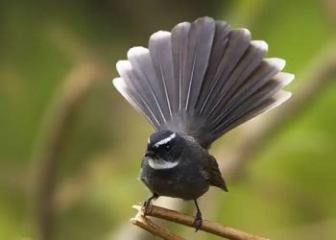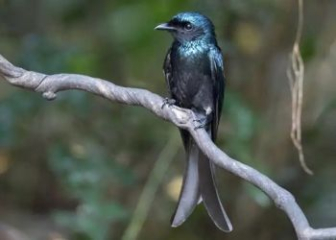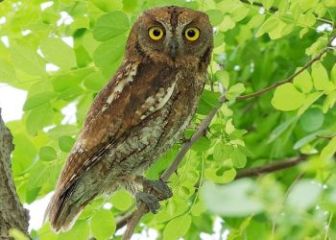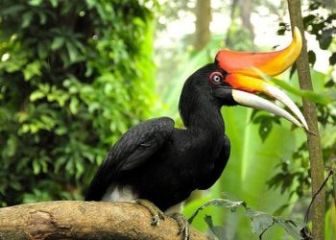Deep bird - A loyal friend of Vietnamese farmers
Blog | by
Deep bird (scientific name: Dicaeidae) are a family of passerines, consisting of small, agile birds with chirping voices, specializing in eating insects and protecting crops.
Deep bird are the common name for small, agile birds that are very familiar in gardens and fields in Vietnam. Standing out with their simple colored feathers, cheerful chirping and excellent ability to catch insects, these birds not only contribute to the diversity of the ecosystem but also help farmers protect their crops.
In today's article, let's learn in detail about the habits, characteristics and important roles of these beautiful little nicebirds .
Introduction to Deep bird
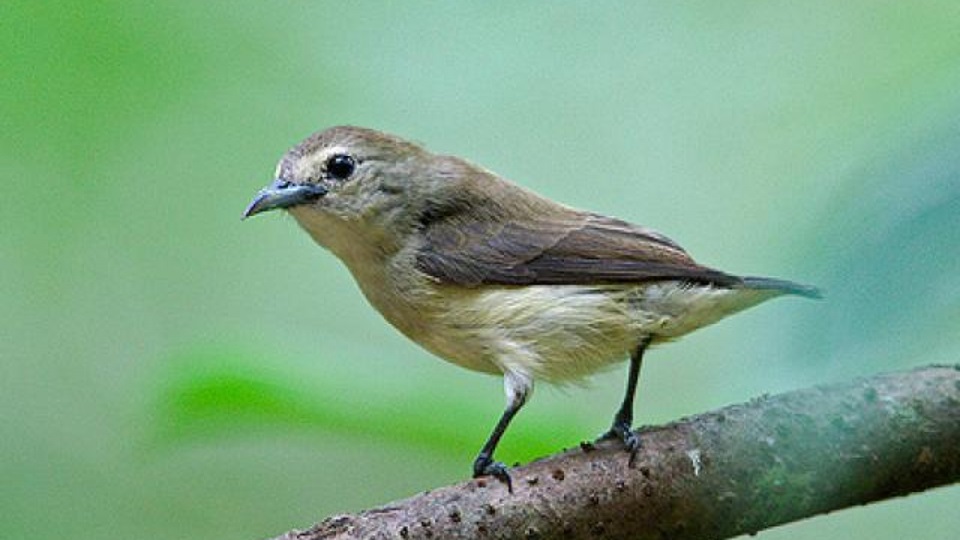
Learn about the Deep bird family.
The scientific name of the Deep bird is Dicaeidae, which is the common name for small birds belonging to the Dicaeidae family in the Passeriformes order, often appearing and widely distributed throughout forests, plains or gardens, parks in Vietnam or countries in the Asian region.
The outstanding characteristics of the caterpillar group are their small size, agility and insect-catching habits, helping to balance the natural ecosystem.
Ecological role of Deep bird
Although Deep bird are very small, they play an extremely important role in the ecosystem, especially in agriculture and environmental protection, specifically as follows:
Pest control, plant protection
Deep bird are considered "friends" of the fields and farmers because their main food is small insects such as worms, bugs, aphids, and soft-winged beetles - species that commonly cause diseases on crops.
Thanks to the presence of Deep bird, the number of pests has decreased significantly, thereby limiting the use of harmful pesticides.
Ecosystem balance
In the natural food chain, Deep bird are an extremely important link, they are both predators and prey for larger birds.
Thanks to that, this small bird species has helped maintain ecological balance, avoiding the outbreak of unusual pests.
Environmental bioindicators
Deep bird are very sensitive to changes and disturbances in the environment, such as when the environment is polluted by the use of pesticides, the number of this bird species will decrease significantly. Therefore, the appearance of Deep bird is a typical "biological indicator" to reflect the quality of the ecosystem in that area.
Common types of Deep bird in Vietnam
Below are some common bird species in Vietnam, let's find out now.
Red-headed Deep bird
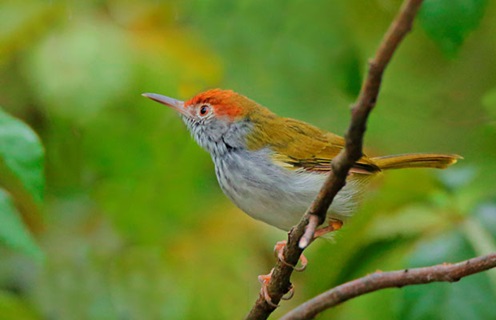
Red-headed Deep bird image.
The red-headed tailor bird, scientifically known as Orthotomus frontalis, is a small bird in the family Cettiidae, widely distributed in Southeast Asia, including Vietnam. They are famous for their habit of sewing leaves to make nests - that's why they are called "tailor birds".
Characteristics of the red-headed Deep bird:
- Length: 11 - 13 cm
- Coat color: Olive green back, white belly, prominent red patch on head and forehead
- Beak is pointed, thin, and dark gray.
- Small but very flexible legs
- Has a long, clear, chirping voice
Blue Bird
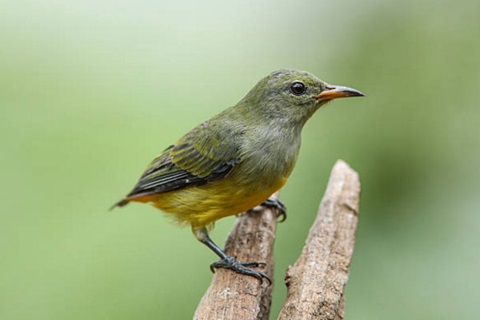
A small green bird.
The green warbler, also known as the long-headed warbler, with the scientific name Orthotomus sutorius, is a small bird with striking green plumage and the unique ability to build nests by sewing leaves into a bag-shaped nest. This bird is common in gardens and dense bushes in Vietnam.
Characteristics of the green worm bird:
- Length: 10 - 13 cm
- Coat color: Olive green back, ivory white belly
- The beak is thin, curved and pale black.
- Small, agile legs, long, often raised tail
- Voice chirping, clear, pleasant to the ear
Yellow-bellied Deep bird
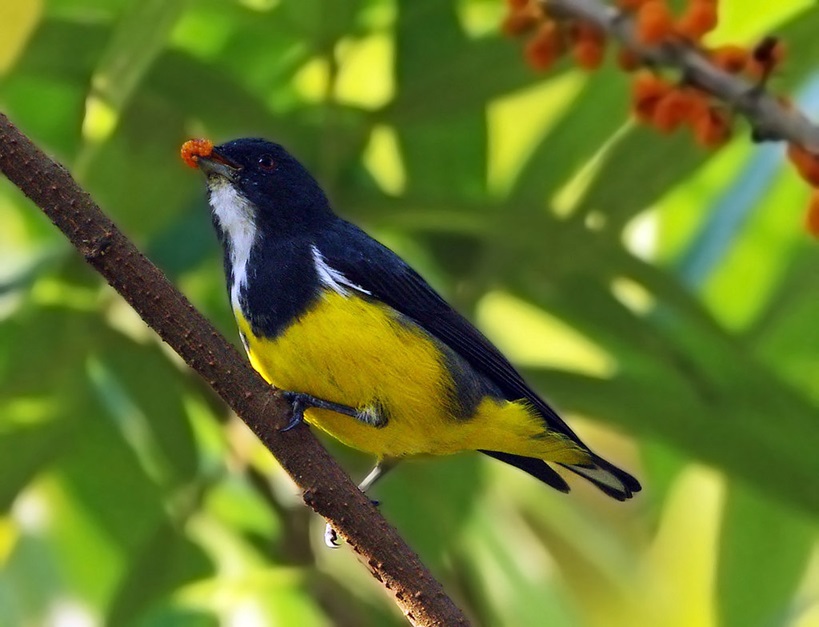
The Yellow-bellied Deep bird is brightly colored.
The yellow-bellied Deep bird, scientifically known as Dicaeum melanoxanthum, is a nectar-sucking and fruit-eating bird found in forests, commonly distributed in Asian countries, including Vietnam. Although it belongs to the Deep bird family, this bird mainly eats nectar, small fruits or soft seeds, and occasionally eats young worms and larvae.
Characteristics of the yellow-bellied Deep bird:
- Size: 9 - 10 cm
- Coat color: Head and throat are jet black, chest and belly are dark yellow or orange, back is dark blue, overall looks very prominent
- Short, slightly curved beak suitable for sucking nectar
- Very short tail or even tailless
- Only makes short, small calls, not singing in tune like other Deep bird.
Distinguishing between Deep bird and white-eyes
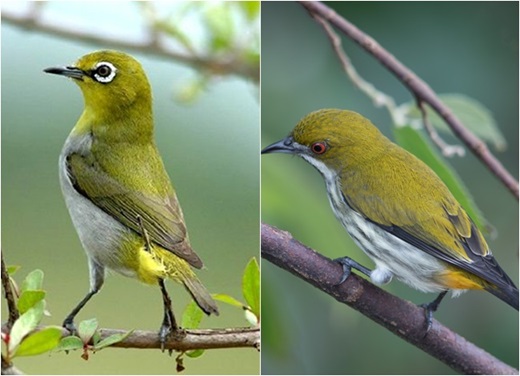
White-eye (left) and Deep bird (right).
Nowadays, many people mistakenly believe that the Deep bird and the white-eye are the same because both of these birds are small in size, have similar colors, sing well and live in gardens. However, these are two completely different birds, specifically as follows:
|
Comparison criteria |
Deep bird |
White-ringed bird |
|
Surname |
Cettiidae (or Sylviidae) |
Zosteropidae |
|
Size |
11 - 13 cm, larger than white-eye |
9 - 11 cm |
|
Outstanding features |
Blue, brown fur, yellow belly No white rings around eyes |
There is a very clear white ring around the eyes. |
|
Singing |
Chattering, fast, urgent |
Voice is melodious and lingering. |
|
Food |
Insects, bugs |
Nectar, fruits, small insects |
|
Pet |
Uncommon |
Very popular |
Habits & Behavior of Deep bird
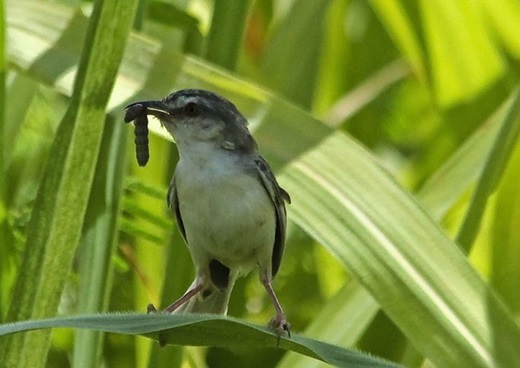
A caterpillar and a fat caterpillar as a prize.
Although there are many different species in the Deep bird family, most of them share some common habits and behaviors as follows:
Natural enemies of pests
Deep bird are considered natural enemies of pests because their main food is insects such as maggots, insects, aphids, spiders, larvae, etc.
Every day, the Deep bird diligently search for food in the foliage, branches or bushes, except during the dry season when food is scarce, then they switch to eating nectar and sweet fruits.
Sewing leaves to make nests
Tailor birds have a very special habit of using their beaks to “sew” the edges of leaves together to create a unique bag-shaped nest that few birds can do. Their nests are usually located on tall bushes, in shady places or in bamboo bushes, coconut tree tops, etc.
chirping voice
Another interesting feature of the Deep bird family is that they have a fast, rhythmic, and very pleasant chirping voice. They use their chirping to mark their territory or attract the attention of mates, and males usually sing more than females.
Lives alone or in pairs
Most Deep bird are solitary or in pairs during the breeding season. They almost never gather in large flocks like sparrows.
In addition, this bird species is also quite territorial, especially the male bird during the breeding season. When there is an intruder, they will scream and fly around the nest to scare away the enemy.
Quick, agile
Deep bird are fast, active birds. They can be active all day long by hopping between branches and bushes. However, they usually fly low, flap their wings very quickly and rarely fly as far as other forest birds.
Why are Deep bird NOT recommended as pets?
Despite their small, cute appearance and chirping voice, Deep bird are not recommended to be kept as pets. Find out the reasons below.
- Wild behavior, difficult to domesticate: Deep bird are wild birds, they like to be constantly active and are very sensitive to changes in their living environment, so they are difficult to get used to in captivity and difficult to domesticate.
- Requires high-quality feeding conditions: Deep bird usually only eat live insects and rarely eat birdseed or fruit, so raising this bird requires you to have a rich source of fresh food.
- Negative impact on the environment: As is known, Deep bird are natural enemies of insects and close friends of farmers, so if they are hunted too much to serve the needs of ornamental birds, it will unbalance the ecosystem and affect the wild bird population.
Therefore, if you really like Deep bird, create conditions for them to live around you by planting lots of trees to attract these birds to feed and live instead of capturing them.
Beautiful bird pictures
We invite you to admire more beautiful images of cute little Deep bird flying and jumping or swinging from branch to branch to find food in nature to see the dynamism and flexibility of this bird species.
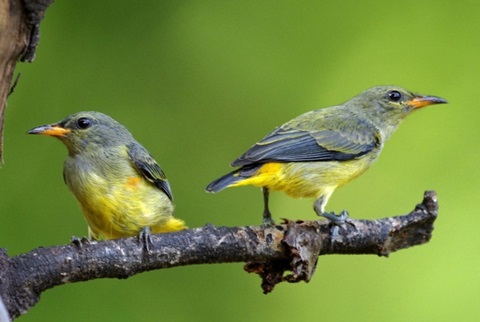
Two bluebirds are perched next to each other.
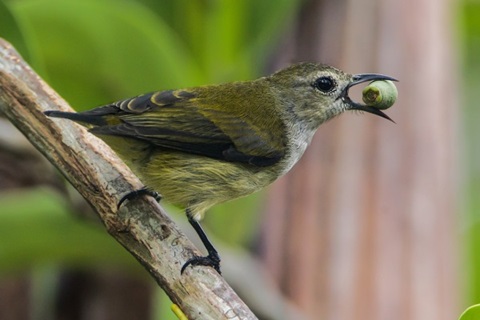
The Deep bird is stealing food.
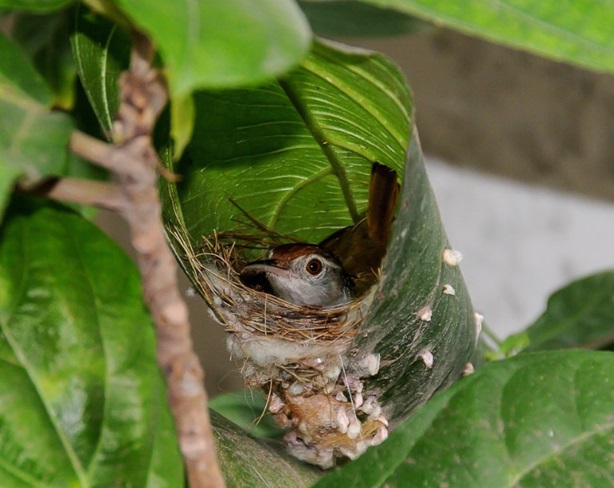
Image of a baby bird lying in a nest sewn with leaves.
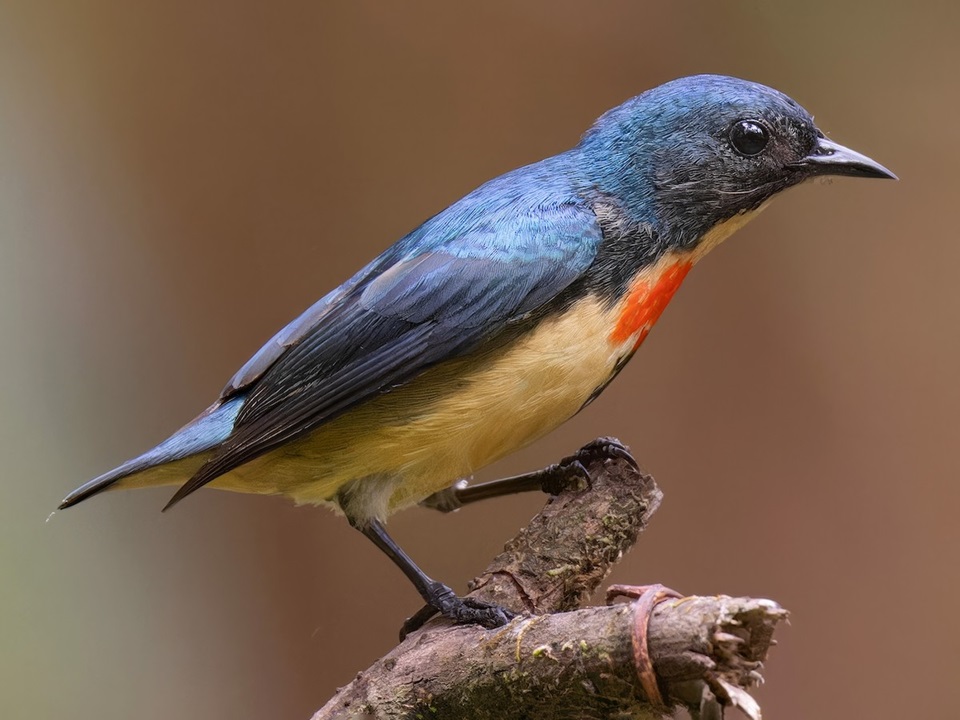
Image of Red-breasted Deep bird with super beautiful plumage.
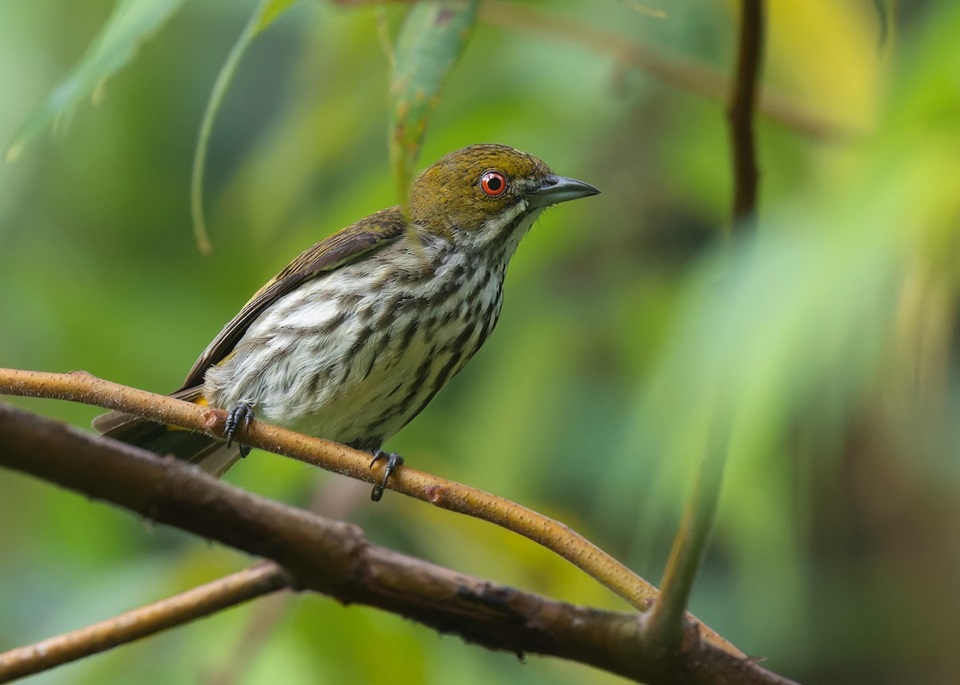
A bar-bellied Deep bird with uniquely colored plumage.
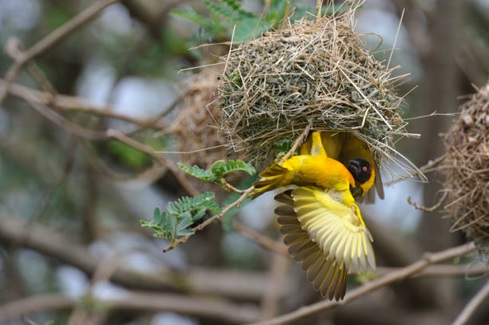
Image of a Deep bird diligently making a nest.
The Deep bird is not just a wild bird with a chirping, pleasant voice, but it has become a "silent friend" of Vietnamese farmers. Hopefully, through the article that nicebirds.net shares above, it will help you understand the habits, behaviors as well as the important role of these small, lovely Deep bird, thereby loving them more and making an effort to protect their living environment.
Don't forget to visit our Blog section to learn more about interesting bird species as well as other effective bird raising experiences!
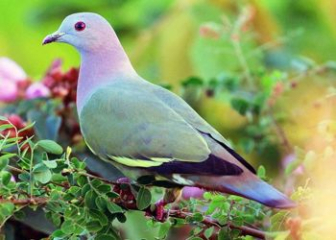
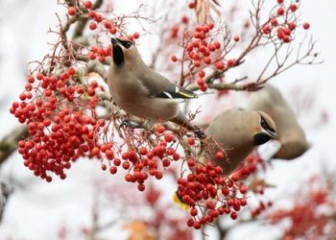
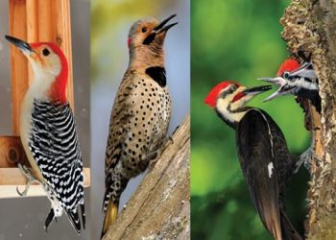

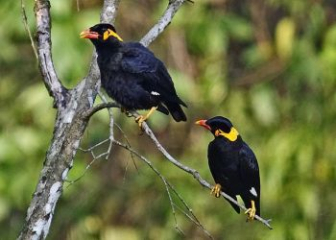
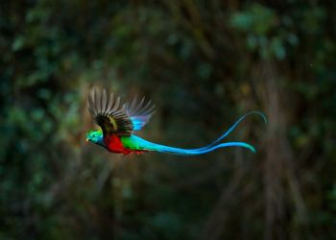

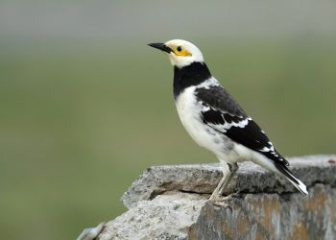
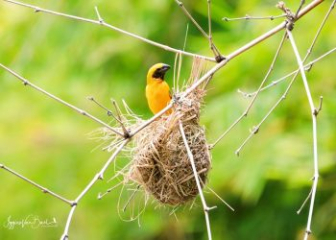
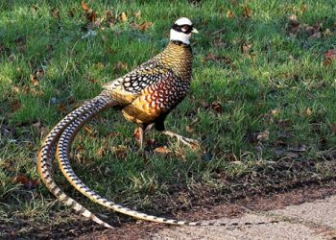
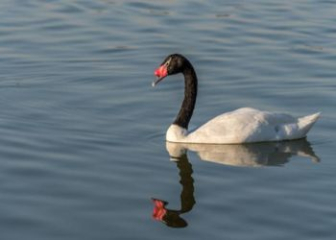
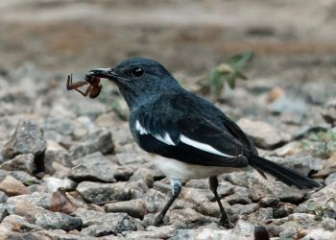
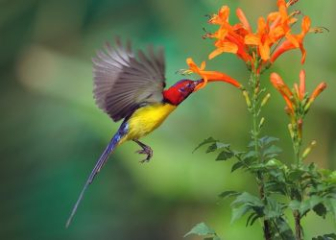
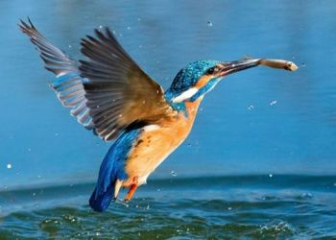
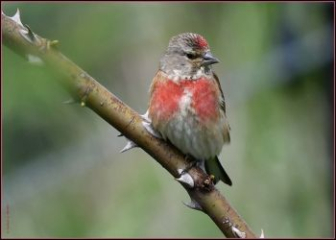
_350x250.jpg)
